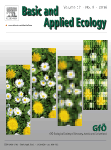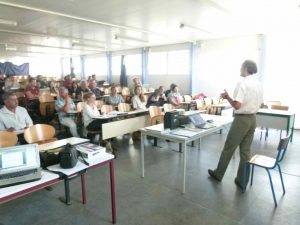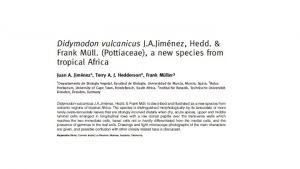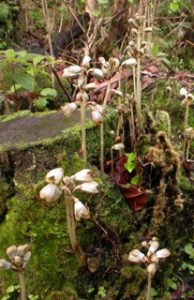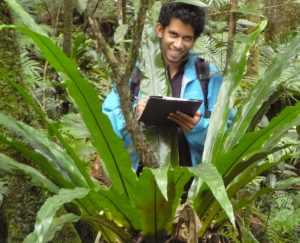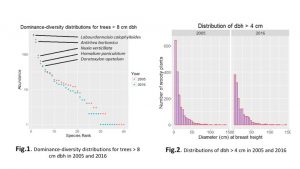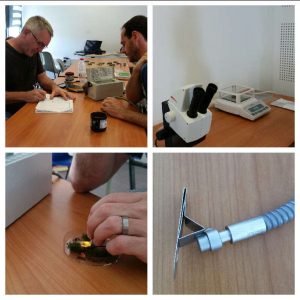Bryophytes of Kenya's coastal forests - A guide to common species
Authors : Wilding N., Hedderson T., Ah-Peng C & Malombe I.
Date: dec. 2016
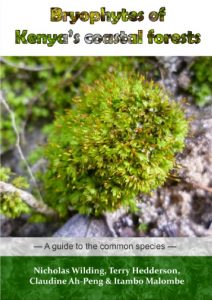 This guide was produced in the framework of the Kenyan Coastal forest project funded by the Indian Ocean Commission (FED/20015/358-516-SVC-101). This field guide presents 20 species of bryophytes (12 mosses and 8 liverworts) commonly encountered in Kenya's coastal forest region. Each species is accompanied by high quality images and easy to understand descriptions. A glossary of terms is provided as well as further reading and references on African bryophytes. Continuer la lecture
This guide was produced in the framework of the Kenyan Coastal forest project funded by the Indian Ocean Commission (FED/20015/358-516-SVC-101). This field guide presents 20 species of bryophytes (12 mosses and 8 liverworts) commonly encountered in Kenya's coastal forest region. Each species is accompanied by high quality images and easy to understand descriptions. A glossary of terms is provided as well as further reading and references on African bryophytes. Continuer la lecture


